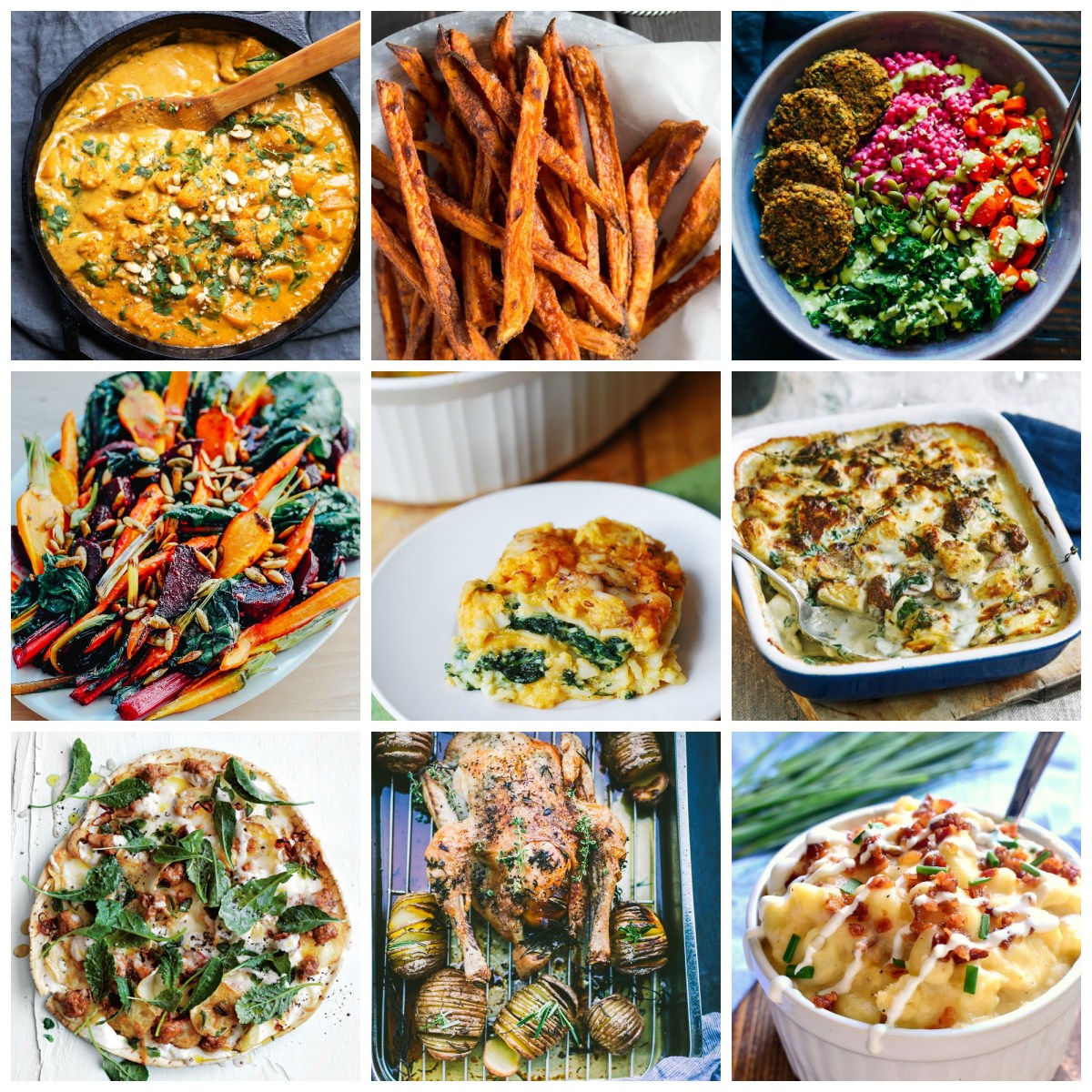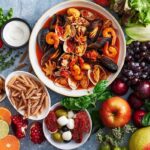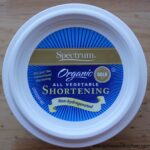Imagine a blustery winter night, the wind howling outside, and the aroma of warm, savory food filling your home. This is the essence of cozy soy-free comfort food. We’ll explore a delightful collection of recipes designed to banish the winter chill and nourish your soul, all while keeping soy out of the equation. From hearty soups brimming with seasonal vegetables to satisfying main courses and delectable desserts, each dish is crafted to deliver maximum warmth and flavor, creating a truly unforgettable culinary experience.
This guide delves into the art of preparing delicious, soy-free meals perfect for those chilly evenings. We’ll provide detailed recipes, including ingredient lists and step-by-step instructions, for soups, main courses, side dishes, and desserts. We’ll also offer tips for setting a cozy atmosphere, transforming your dining experience into a haven of warmth and relaxation. Get ready to embark on a culinary journey that celebrates the simple pleasures of home-cooked food, tailored to suit those with soy sensitivities or preferences.
Soy-Free Comfort Food Mains

Winter evenings call for hearty, warming meals that nourish the body and soul. These three soy-free main course recipes offer just that – rich flavors, comforting textures, and satisfying portions, all without relying on soy products. Each dish is designed to be adaptable to various dietary needs and preferences, allowing for creative customization.
Hearty Butternut Squash and Sausage Risotto
This creamy risotto, surprisingly soy-free, delivers a rich and decadent experience without any soy ingredients. The butternut squash provides natural sweetness and vibrant color, while the sausage adds a savory depth. The Arborio rice, cooked slowly in vegetable broth, creates a luxuriously creamy texture.
- Ingredients: 1 tbsp olive oil, 1 medium onion (finely chopped), 2 cloves garlic (minced), 1 lb Italian sausage (removed from casings), 1 medium butternut squash (peeled, seeded, and cubed), 4 cups vegetable broth (warmed), 1 ½ cups Arborio rice, ½ cup dry white wine, ½ cup grated Parmesan cheese (optional, for non-vegan version), 2 tbsp butter (optional, for non-vegan version), Salt and pepper to taste.
- Instructions:
- Sauté the onion and garlic in olive oil until softened. Add the sausage and cook until browned, breaking it up with a spoon.
- Stir in the butternut squash and cook for 5 minutes. Add the rice and toast for 1 minute.
- Pour in the white wine and let it evaporate. Add 1 cup of warm broth, stirring constantly until absorbed.
- Continue adding broth, 1 cup at a time, stirring frequently until each addition is absorbed before adding more. This process should take about 20-25 minutes.
- Stir in the Parmesan cheese and butter (if using) once the rice is cooked through but still has a slight bite. Season with salt and pepper to taste.
- Versatility: Substitute the Italian sausage with chicken sausage or mushrooms for a leaner option. Add other winter vegetables like kale or Brussels sprouts for extra nutrients. For a vegan version, omit the cheese and butter. The creamy texture can be enhanced by adding a splash of coconut milk at the end.
- Cooking Technique: The slow cooking of the Arborio rice in the broth is crucial for achieving the creamy texture. Constantly stirring prevents the rice from sticking and ensures even cooking. The sautéing of the vegetables and sausage develops their flavors and creates a flavorful base for the risotto.
Slow-Cooked Beef Stew with Root Vegetables
This classic comfort food is deeply satisfying and warming, perfect for a chilly winter evening. The beef is slow-cooked until incredibly tender, allowing the flavors to meld beautifully with the rich root vegetables. The absence of soy doesn’t detract from the richness; instead, it allows the natural flavors to shine.
- Ingredients: 2 lbs beef stew meat (cut into 1-inch cubes), 2 tbsp olive oil, 1 large onion (chopped), 2 carrots (chopped), 2 celery stalks (chopped), 2 cloves garlic (minced), 4 cups beef broth, 1 cup red wine, 1 tsp dried thyme, 1 tsp dried rosemary, 1 bay leaf, 1 lb potatoes (peeled and cubed), 1 cup parsnips (peeled and cubed), Salt and pepper to taste.
- Instructions:
- Sear the beef cubes in olive oil until browned on all sides. Remove from the pot and set aside.
- Sauté the onion, carrots, and celery in the same pot until softened. Add the garlic and cook for another minute.
- Return the beef to the pot. Add the beef broth, red wine, thyme, rosemary, and bay leaf. Bring to a boil, then reduce heat to low, cover, and simmer for at least 2 hours, or until the beef is very tender.
- Add the potatoes and parsnips and continue to simmer for another 30-45 minutes, or until the vegetables are cooked through.
- Season with salt and pepper to taste. Remove the bay leaf before serving.
- Versatility: Add other root vegetables like turnips or sweet potatoes. Substitute the beef with lamb or chicken. For a thicker stew, mix 1 tablespoon of cornstarch with 2 tablespoons of cold water and stir it into the stew during the last 15 minutes of cooking.
- Cooking Technique: Slow cooking is key to the tenderness of the beef and the development of deep flavors. The searing of the beef adds a delicious crust and enhances its flavor. The combination of beef broth and red wine creates a rich and complex sauce.
Creamy Coconut Curry with Chickpeas and Spinach
This vibrant and flavorful curry is both hearty and healthy. The coconut milk provides a rich and creamy base, while the chickpeas and spinach add protein and nutrients. Spices create a warm and comforting aroma, making this a perfect dish for a chilly evening. Importantly, it’s completely soy-free.
- Ingredients: 1 tbsp olive oil, 1 large onion (chopped), 2 cloves garlic (minced), 1 inch ginger (grated), 1 tbsp curry powder, ½ tsp turmeric, ½ tsp cumin, ¼ tsp cayenne pepper (optional), 1 (14.5 oz) can diced tomatoes, 1 (13.5 oz) can full-fat coconut milk, 1 (15 oz) can chickpeas (drained and rinsed), 5 oz fresh spinach, Salt and pepper to taste.
- Instructions:
- Heat the olive oil in a large pot or Dutch oven over medium heat. Add the onion and cook until softened. Add the garlic and ginger and cook for another minute.
- Stir in the curry powder, turmeric, cumin, and cayenne pepper (if using) and cook for 1 minute more, stirring constantly.
- Add the diced tomatoes, coconut milk, and chickpeas. Bring to a simmer, then reduce heat and cook for 15-20 minutes, or until the sauce has thickened slightly.
- Stir in the spinach and cook until wilted. Season with salt and pepper to taste.
- Versatility: Add other vegetables like cauliflower, broccoli, or green beans. Adjust the amount of cayenne pepper to control the spice level. Serve with brown rice or naan bread for a complete meal. For a richer flavor, use a homemade curry paste instead of curry powder.
- Cooking Technique: The initial sautéing of the aromatics (onion, garlic, ginger) develops their flavors and creates a fragrant base for the curry. Simmering the curry allows the flavors to meld and the sauce to thicken. Adding the spinach at the end preserves its vibrant green color and tender texture.
As the winter winds whisper tales of cozy nights, we hope this collection of soy-free comfort food recipes has inspired you to create your own haven of warmth and deliciousness. Remember, the best part of these recipes isn’t just the taste; it’s the feeling of contentment they bring, the sense of comfort they provide, and the joy of sharing a heartwarming meal with loved ones. So, gather your ingredients, dim the lights, and let the delightful aromas and flavors transport you to a world of culinary bliss, perfect for a chilly evening.
Commonly Asked Questions
What are some common soy-free alternatives for soy sauce?
Coconut aminos, tamari (ensure it’s truly soy-free as some brands contain soy), and Bragg Liquid Aminos are popular alternatives to soy sauce.
Can I make these recipes ahead of time?
Many of these recipes can be partially or fully prepared ahead of time. Soups often taste even better the next day, and side dishes can be prepped in advance and reheated.
Are these recipes suitable for other dietary restrictions?
Many of the recipes can be adapted to accommodate other dietary needs such as gluten-free or vegan diets. Be sure to check ingredient labels for potential allergens and make substitutions as needed.
How can I ensure my soy-free ingredients are truly soy-free?
Always carefully check ingredient labels for hidden soy, especially in processed foods. Look for certifications or statements explicitly declaring the product soy-free.


